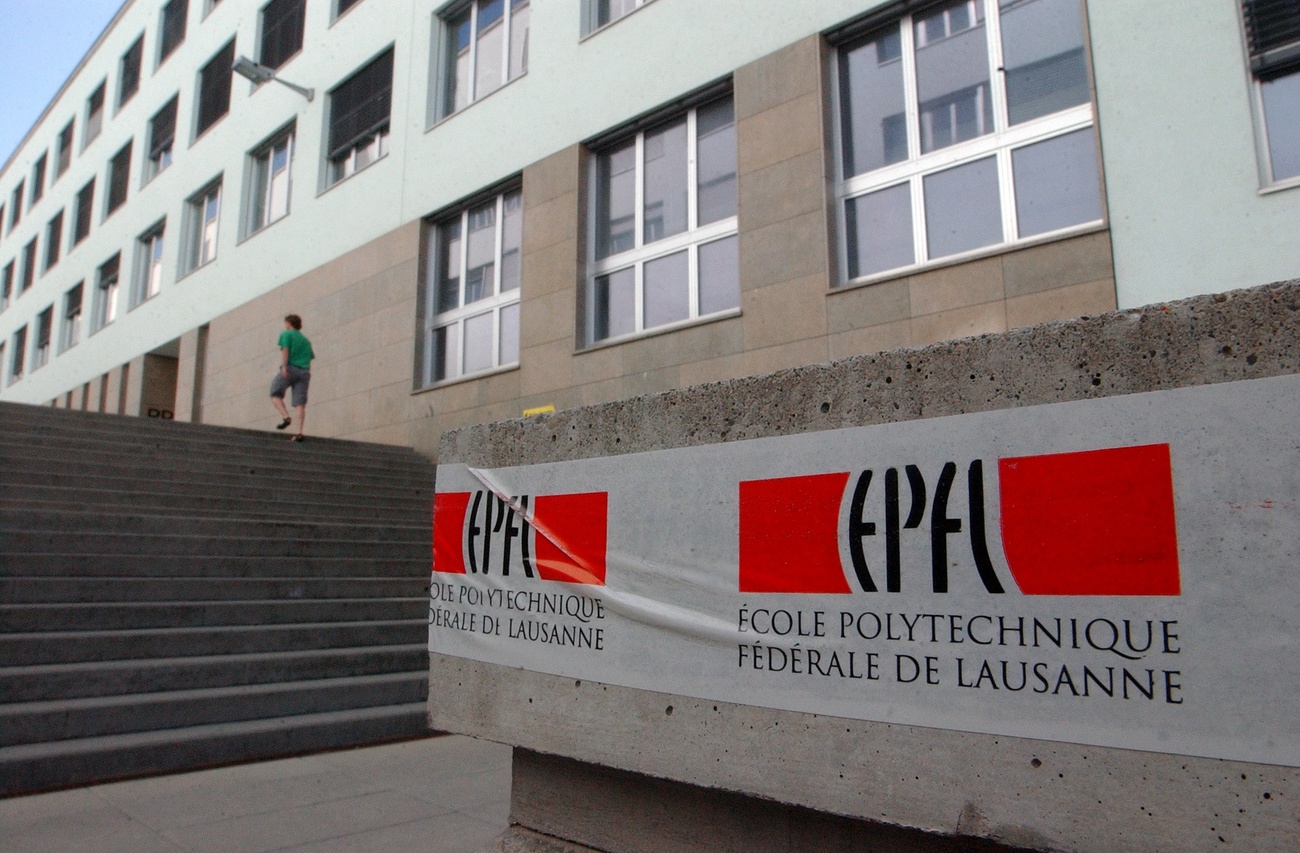
Amputee uses prosthesis to feel heat with missing hand

A new prosthesis allows a 57-year-old man with an amputated hand to feel heat. A study shows how the prosthesis, developed by researchers from Switzerland and Italy, enables him to distinguish between different materials based on their temperature.
This is the first time that the natural sensation of temperature has been integrated into a functional prosthesis, according to a press release issued on Friday by the Swiss Federal Institute of Technology Lausanne (EPFL) and the Scuola Superiore Sant’Anna in Pisa, Italy. The results were presented in the scientific journal Med by Cell Press.
“For the first time, we are really close to restoring the full range of sensations for amputees,” Silvestro Micera, one of the lead authors of the study, said in the press release.
+ Read more: prosthetic hand can sense objects’ form and position
Not only the researchers were enthusiastic about the device, dubbed “Mini Touch”, but also the study participant Fabrizio. “When one of the researchers placed the sensor on his own body, I could feel the warmth of another person with my phantom hand. That was a very strong feeling for me, it was as if I was reactivating a connection with someone,” he said.
Thermal phantom sensation
The basis for this was a surprising discovery by the same research team, which was reported in a study in the journal Science in May 2023.
The researchers had placed thermo-electrodes on the stumps of the arms of people with amputated hands. They did this in the expectation of obtaining information about where they felt the electrodes on the stump.
However, the test subjects did not feel the temperature on the arm stump, but on the missing hand. The researchers dubbed this concept thermal phantom sensation. A specific point on the arm stump projected the temperature onto a specific part of the phantom hand.
The researchers have now integrated this concept into the prosthesis. In the next step, they want to make Mini Touch, which has so far only been tested in the lab, available for wider use. However, the new device will probably not help all people with amputated hands. In the May study, only 17 out of 27 test subjects experienced a phantom thermal sensation.
This news story has been written and carefully fact-checked by an external editorial team. At SWI swissinfo.ch we select the most relevant news for an international audience and use automatic translation tools such as DeepL to translate it into English. Providing you with automatically translated news gives us the time to write more in-depth articles. You can find them here.
If you want to know more about how we work, have a look here, and if you have feedback on this news story please write to english@swissinfo.ch.

In compliance with the JTI standards
More: SWI swissinfo.ch certified by the Journalism Trust Initiative

















![The four-metre-long painting "Sonntag der Bergbauern" [Sunday of the Mountain Farmers, 1923-24/26] had to be removed by a crane from the German Chancellery in Berlin for the exhibition in Bern.](https://www.swissinfo.ch/content/wp-content/uploads/sites/13/2025/12/01_Pressebild_KirchnerxKirchner.jpg?ver=a45b19f3)











You can find an overview of ongoing debates with our journalists here . Please join us!
If you want to start a conversation about a topic raised in this article or want to report factual errors, email us at english@swissinfo.ch.